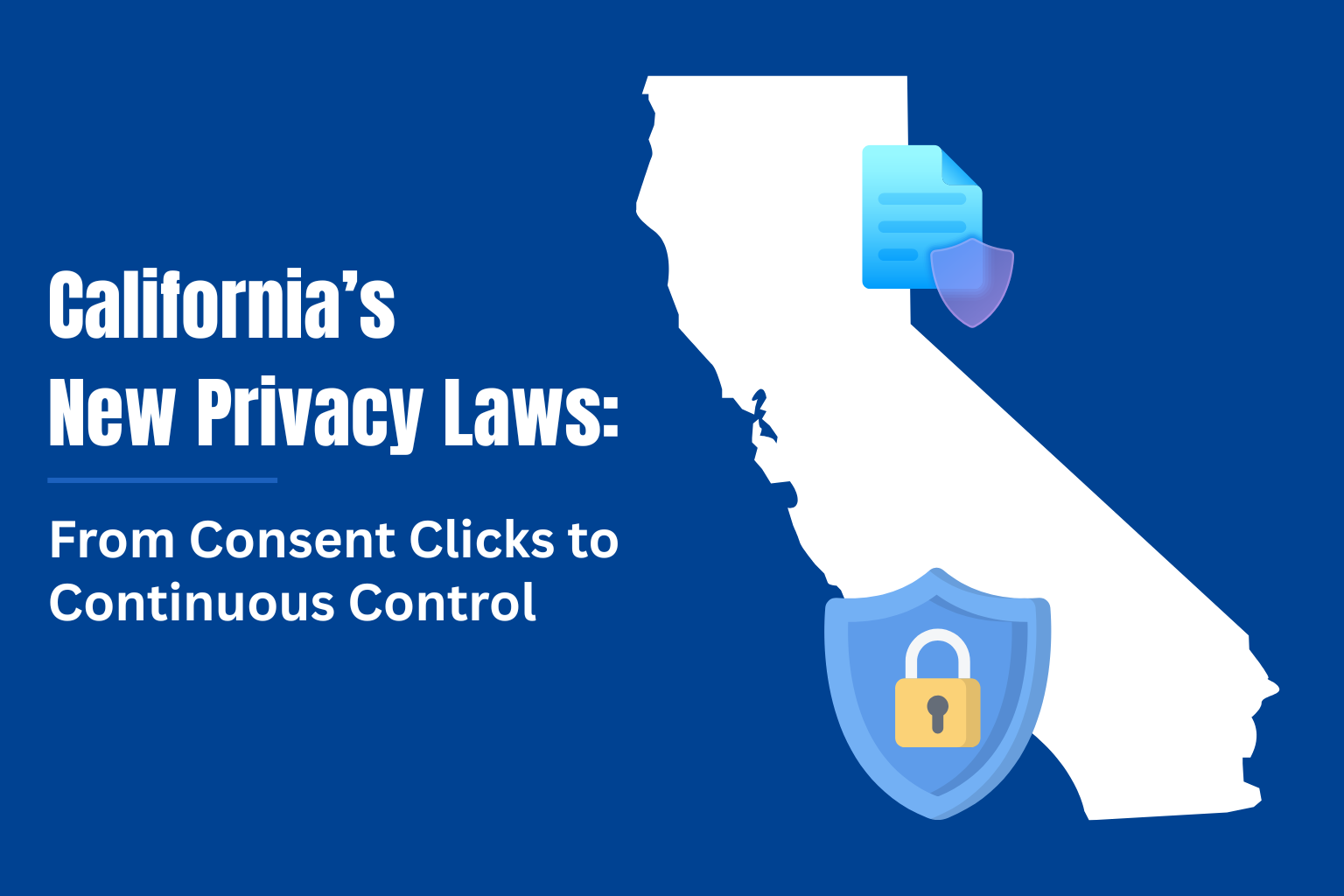What Are the Essential Features Of a Third-Party Risk Management Tool?
Nearly every business relies on third-party vendors to drive growth and efficiency. But as vendor ecosystems expand, organizations face risks that extend far beyond cyberattacks, ranging from operational disruptions and data privacy gaps to compliance failures and security weaknesses. The importance of third-party risk management (TPRM) became evident in 2024, with incidents like the Change Healthcare ransomware attack highlighting vendor vulnerabilities.
Recent studies indicate that third-party breaches are increasingly common and costly, with the average cost reaching $4.33M according to IBM research. The Change Healthcare attack alone cost UnitedHealth Group an estimated $2.457 billion by Q3 2024, demonstrating the massive financial impact of vendor-related security incidents.
Implementing the right third-party risk management software has become critical for business survival. Modern organizations need comprehensive compliance management tools that integrate seamlessly with existing security frameworks. Redacto's vendor risk management platform exemplifies how AI-powered solutions can transform traditional risk assessment processes into intelligent, automated workflows.
What Is a Third-Party Risk Management Tool?
A third-party risk management tool is specialized software designed to help organizations systematically identify, assess, monitor, and mitigate risks associated with their vendor ecosystem. Unlike manual spreadsheet-based approaches, modern TPRM platforms leverage automation, artificial intelligence, and real-time monitoring to provide comprehensive visibility into vendor risks across the entire lifecycle.
These platforms streamline complex processes such as vendor onboarding, compliance checks, and continuous monitoring, ensuring businesses can work with external vendors while maintaining robust security and regulatory standards.
Key Features Every Third-Party Risk Management Platform Should Include
When evaluating vendor risk management tools, certain features separate industry-leading solutions from basic compliance tools. Here are the essential capabilities that define the best third-party risk management software:
Centralised Vendor Inventory & Automated Profiling
Comprehensive visibility forms the foundation of effective vendor risk management. Leading platforms automatically discover and profile vendors, eliminating the inefficiencies of managing data through spreadsheets and emails.
Essential inventory capabilities include:
- Centralized vendor database with contacts, contracts, and relationships
- Automated vendor discovery and security certification tracking
- Financial health monitoring and operational metrics
- Technology stack integration point mapping
Vendor Risk Assessments with Questionnaire Libraries
Vendor risk assessment questionnaires identify potential risks posed by third-party vendors, uncovering security threats and vulnerabilities that could compromise data integrity. Effective third-party risk management tools include extensive questionnaire libraries featuring industry-standard frameworks.
The most comprehensive platforms support multiple assessment frameworks, with the SIG Content Library housing 1,855 risk control questions that accommodate new regulations and custom requirements.
Key questionnaire options:
- SIG Core: 855 questions across 19 risk domains for high-risk vendors
- SIG Lite: Under 200 questions for lower-risk vendor evaluations
- CAIQ: Cybersecurity assessments specifically designed for cloud providers
- Custom assessments: Tailored questionnaires for specific industry requirements
Automated Risk Scoring and Prioritisation
Effective tools quantify and prioritize risks through sophisticated algorithms that calculate weighted risk scores and automatically flag high-risk vendors. Redacto's vendor risk management solution uses AI-powered algorithms to deliver precise risk assessments that adapt to your organization's unique risk profile. These systems provide risk trending analysis and enable threshold configuration with automated alerting, ensuring no critical risks go unnoticed.
Continuous Vendor Monitoring & Real-Time Alerts
Traditional point-in-time assessments are insufficient since vendor risk profiles can change dramatically in short periods. When evaluating TPRM tools, prioritize real-time alerts and insights into third-party security postures.
Essential monitoring capabilities:
- 24/7 surveillance with real-time alerts for cybersecurity vulnerabilities
- Multi-source intelligence across cybersecurity, financial, and operational domains
- Automated notifications when vendor risk profiles change
- Early warning systems for vendor security incidents and breaches
Workflow Automation for Vendor Lifecycle Management
Manual vendor management processes are time-consuming and error-prone. Redacto's comprehensive vendor risk platform streamlines workflows through intelligent automation that reduces manual overhead while maintaining compliance standards.
Automated features should include vendor onboarding sequences, task assignment and escalation procedures, approval workflow management, and document collection with verification capabilities.
Compliance Mapping and Regulatory Support
Efficient platforms support cross-regulatory governance across frameworks like DORA, NIS 2, and GDPR, helping organizations maintain compliance across multiple jurisdictions. This comprehensive approach reduces the complexity of managing different regulatory requirements simultaneously.
Key compliance features include:
- Pre-built regulatory templates for major frameworks
- Automated compliance gap analysis and reporting
- Multi-framework mapping capabilities across regulations
- Regulatory update notifications for changing requirements
For immediate assistance, connect with our experts on WhatsApp to get personalized guidance on implementing effective third-party risk management strategies.
How Third-Party Risk Management Software Improves Processes
Faster Vendor Onboarding and Due Diligence
Advanced TPRM tools streamline assessments, minimizing manual efforts and human error. Organizations can reduce vendor onboarding time from weeks to days through automated workflows and pre-built assessment templates, significantly improving operational efficiency.
Enhanced Accuracy Through AI Integration
Modern platforms leverage artificial intelligence to enhance assessment accuracy and reduce administrative burden. Redacto's AI-driven vendor risk management exemplifies how machine learning algorithms can transform manual risk assessment processes into intelligent, automated workflows that flag issues before they escalate.
Improved Cross-Department Collaboration
Leading solutions facilitate seamless collaboration between security, legal, procurement, and risk teams through unified platforms, ensuring all stakeholders have access to consistent, up-to-date vendor risk information.
Essential TPRM Platform Capabilities
When evaluating third-party risk management platforms, ensure these critical capabilities:
Core Assessment Features:
- Extensive questionnaire libraries with industry-standard frameworks
- Automated risk scoring and intelligent prioritization systems
- Customizable workflows that adapt to organizational needs
- Multi-region support for global operations
Monitoring & Intelligence:
- Continuous vendor monitoring with real-time risk alerts
- Fourth-party risk discovery and supply chain mapping
- Financial and operational health tracking capabilities
- Comprehensive threat intelligence integration
Integration & Usability:
- Native platform integrations with existing business systems
- RESTful API support for custom integrations and workflows
- User-friendly interface with intuitive navigation
- Mobile accessibility for on-the-go risk management
Selecting the Right Third-Party Risk Management Platform
The evolving threat landscape demands sophisticated TPRM solutions that go beyond basic questionnaires and manual processes. When selecting the best third-party risk management software, prioritize platforms offering comprehensive automation, continuous monitoring, and seamless integration capabilities.
Redacto's AI-powered vendor risk management platform provides organizations with comprehensive capabilities to transform vendor risk from a compliance burden into a competitive advantage. Our solution combines intelligent automation, continuous monitoring, and advanced analytics to help businesses navigate third-party relationships with confidence.
Contact Redacto today to discover how our AI-powered platform can streamline your vendor risk processes.
Frequently Asked Questions
What is the most important feature in a third-party risk management tool?
Continuous monitoring capabilities are considered the most critical feature, as vendor risk profiles can change rapidly. Redacto's vendor risk management platform combines real-time alerts with AI-powered analytics for comprehensive oversight.
How do vendor risk assessment questionnaires work?
They systematically collect information about vendor security practices and calculate weighted risk scores. Redacto's platform automates distribution, tracking, and real-time response analysis.
What's the difference between the SIG and CAIQ questionnaires?
SIG questionnaires cover 19 risk domains for general vendor evaluations, while CAIQ focuses specifically on cloud security assessments. Data classification strategies help determine the right assessment framework.
How often should vendor risk assessments be conducted?
Leading organizations conduct initial assessments during onboarding, followed by annual comprehensive reviews and continuous monitoring. High-risk vendors may require more frequent assessments.
Can third-party risk management tools integrate with existing business systems?
Yes, modern TPRM platforms offer extensive integration capabilities through native connectors and RESTful APIs. Zero-trust security models work best with seamless TPRM integration.
What compliance frameworks do the best TPRM tools support?
Top-tier platforms support ISO 27001, SOC 2, NIST, GDPR, HIPAA, PCI DSS, and emerging regulations like DORA and NIS 2. Organizations must consider data protection regulations for global operations.




%20Redacto%20logo_New.png)




.jpg)

.jpg)